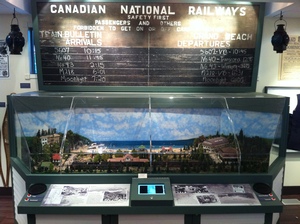East Beaches Heritage Wing Exhibits
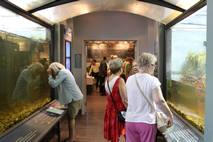
Lake Winnipeg
• The two large GMCC aquariums mesmerize all ages
• The Deep and The Shallows info panels explain what you might find in these two environments of Lake Winnipeg
• A large touchscreen includes digital maps of Lake Winnipeg, animation of the lake formation, graphs on lake levels, and a range of cool videos about the lake
• Check out the WOW facts about this magnificent lake
Our Roots
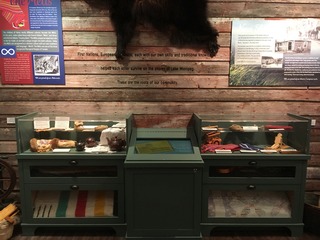 • Artifacts from our community roots – quill and beadwork, treasures brought from the old country, toys of days gone by, symbols of our different cultures – open the drawers to see more
• Artifacts from our community roots – quill and beadwork, treasures brought from the old country, toys of days gone by, symbols of our different cultures – open the drawers to see more
• Digital photo albums of community roots – First Nations, Métis and early immigrants – our founding families. Scroll through the photos to find family and friends. If you have photographs you’d like to add to the album please contact us, we will scan the photos and return them to you.
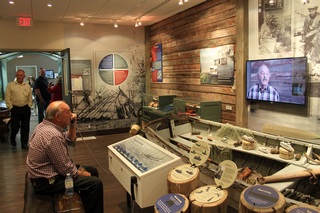
• Watch the videos of local folks telling stories of how they put food on the table in the early days – fishing, trapping, forestry, mink ranching, mixed farming, hunting, gathering, and working the lake.
Then explore the many artifacts in the boat to see if you can guess what they were used for back then.
Glory Days
• Everyone loves the model train and diorama of Grand Beach during the Moonlight Special era.
You can run the train, discover little details in the diorama, listen to dancehall music.
Check out the digital photos of the train in different locations of the East Beaches.
Be surprised at the number of trains that ran each day displayed on the original arrivals and departures board above the diorama.
• Explore the interactive mural of the beach, boardwalk and dancehall. Imagine wearing the wool bathing suits on display. Try lifting just a small section of steel rail.
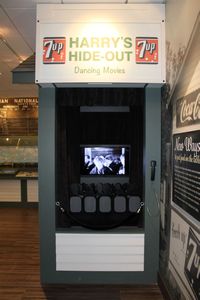
• Scroll through the photos and videos on the Beach Memories touchscreen – A Day at the Beach, Child’s Paradise, The Family Cabin, Stories from the Beach, and more. Photos welcome, send us a photo of your cabin or day at the beach and we will add it here.
• Harry’s Hideout – peek inside the theatre to see a movie about a local hero and his unique Grand Marais institution
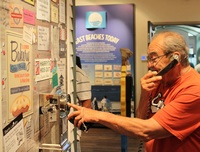
• Call a Local – yes, our payphone works. Press a button to call a local service for ice delivery or to order fish, berries, firewood… Two favourites are the honey wagon and handyman. Check out the community bulletin board while you are there.
Today & Into the Future
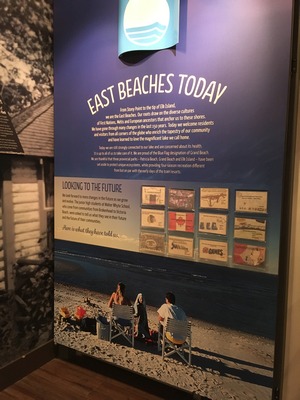
• Before you leave, take a minute to reflect on the changes, look around the room, what has come and gone and what still remains
• Read the postcards the youngest members of the community have written about the future
• One last thing, let us take a photo of you with our photographer to keep as a memory of your visit

